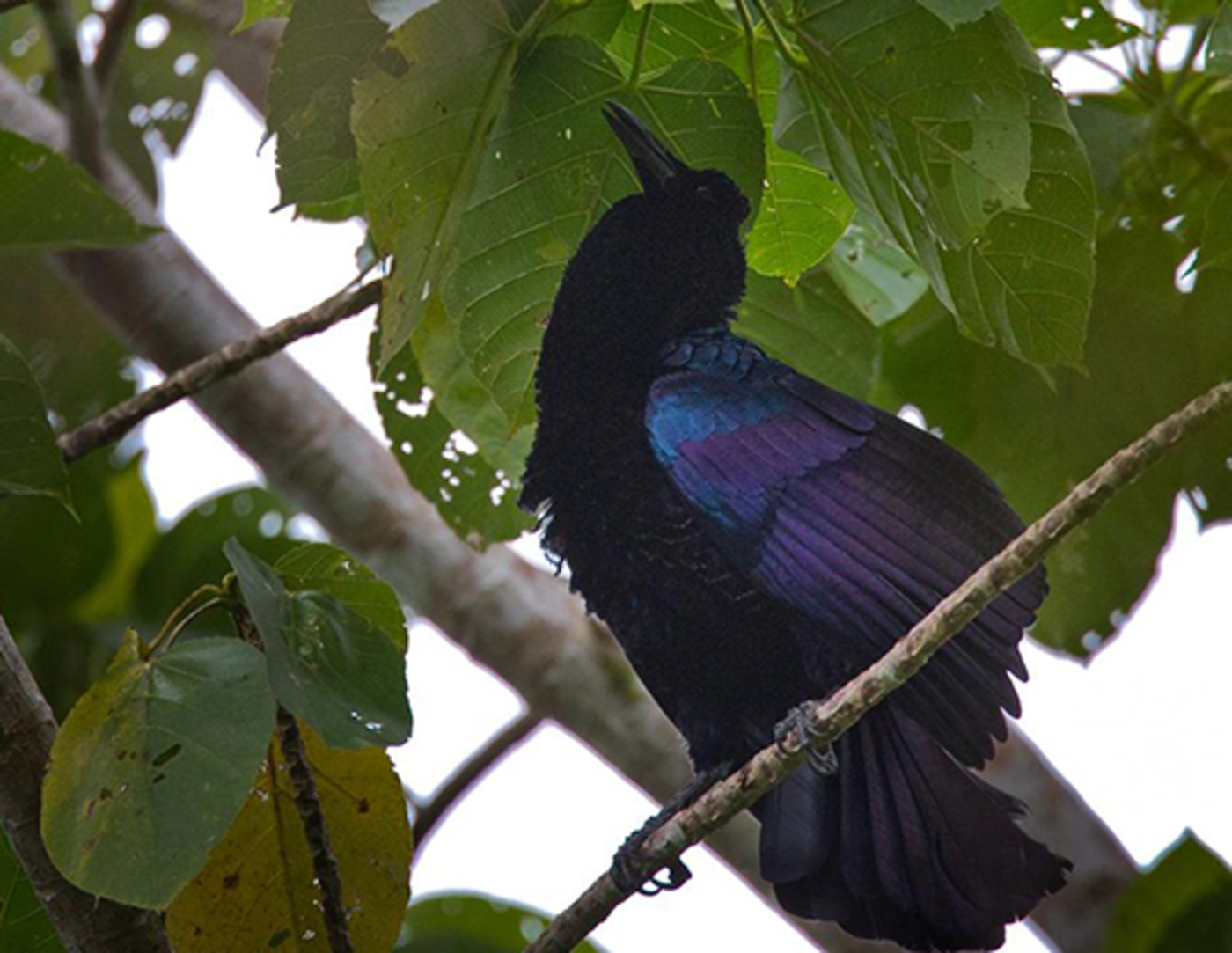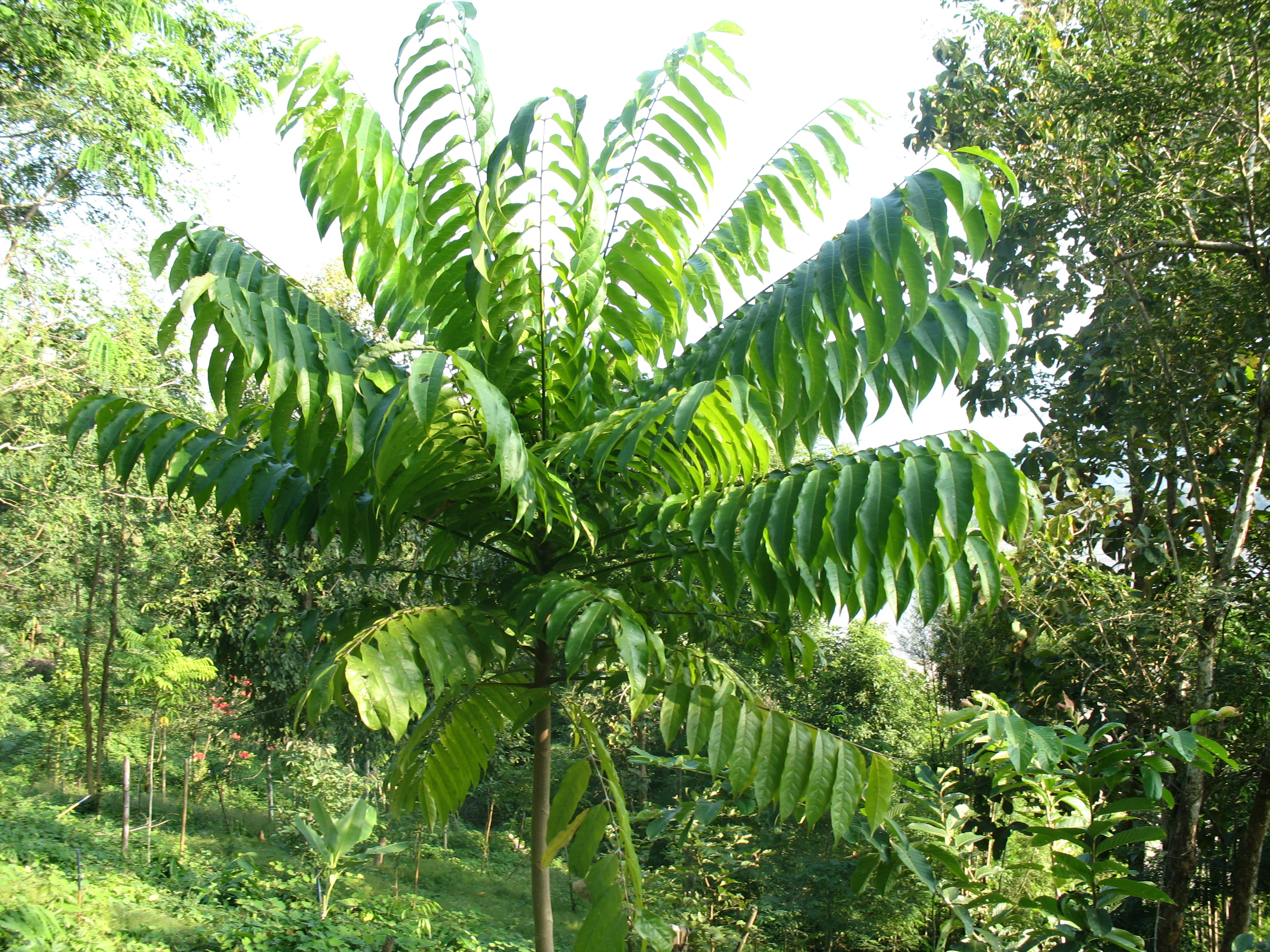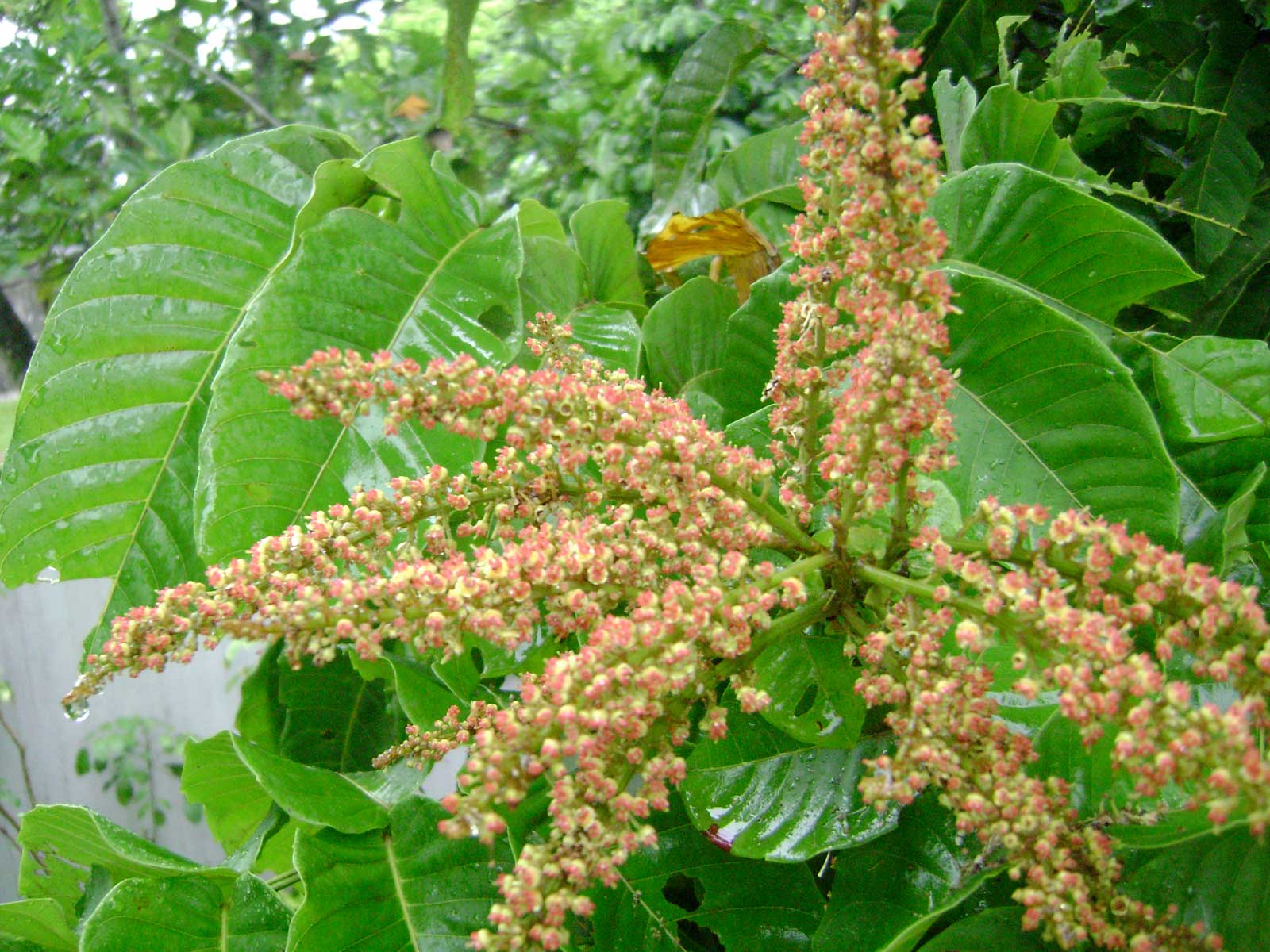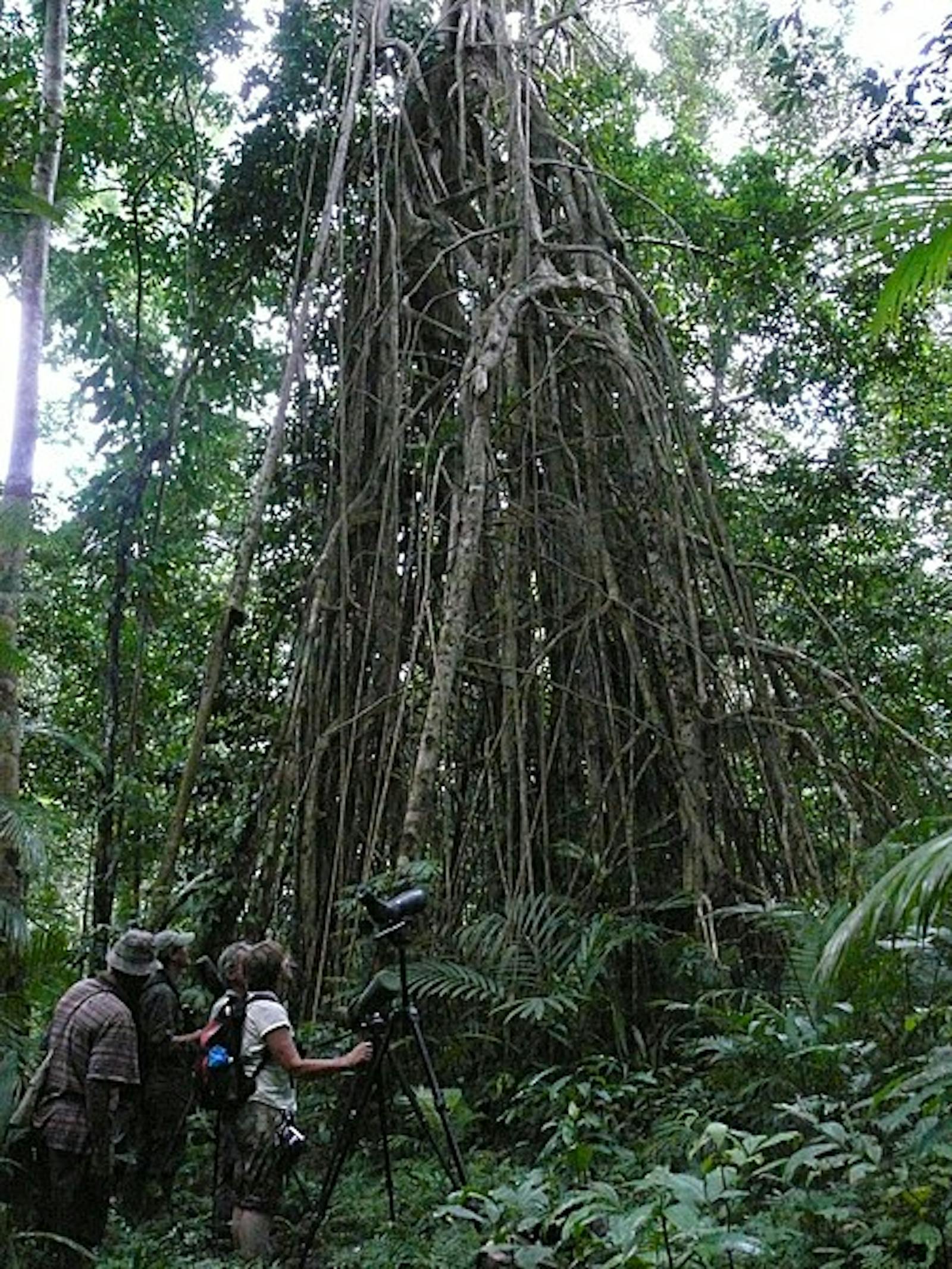Trobriand Islands Rainforests
The ecoregion’s land area is provided in units of 1,000 hectares. The conservation target is the Global Safety Net (GSN1) area for the given ecoregion. The protection level indicates the percentage of the GSN goal that is currently protected on a scale of 0-10. N/A means data is not available at this time.
Bioregion: New Guinea & Surrounding Islands (AU13)
Realm: Australasia
Ecoregion Size (1000 ha):
421
Ecoregion ID:
158
Conservation Target:
77%
Protection Level:
1
States: Papua New Guinea
The Trobriand Islands, many in sight of the main island of New Guinea, have been long isolated since the Pleistocene and have evolved many unique species, including four mammal species and two birds-of-paradise, including the curl-crested manucode, a crow-like bird-of-paradise with a curly crest.

The flagship species of the Trobriand Islands Rainforests ecoregion is the curl-crested manucode. Image credit: Oiseaux (CC by 2.0)
The ecoregion lies just off the southeastern tip of Papua New Guinea in the southwest Pacific and includes Woodlark Island and two island groups: the D'Entrecasteaux and the Trobriand. Three large islands of the D'Entrecasteaux Group lie close to the mainland: Goodenough, Fergusson, and Normanby. Goodenough is the highest, reaching an altitude of 2,750 meters, and Fergusson is the largest. Kaileuna and Kiriwina islands in the Trobriand Group are low islands further out. The ecoregion is warm and moist tropical, typical of most of New Guinea.
Woodlark and the Trobriand Group originally had lowland rain forests growing on limestone bedrock, whereas the D’Entrecasteaux Group has forests on volcanic and some ultrabasic soils (Normanby). Common trees are Pometia, Octomeles, Alstonia, Campnosperma, Canarium, and Crytocarya. For its size, the archipelago has many unique plants and animals. Though little explored, the D'Entrecasteaux Islands are already known for many unique plant species.

Dracontomelon dao. Image credit: Wikipedia, Bibamwen (CC by 4.0)
There are thirty-eight mammal species in the Trobriand Islands Rain Forests. Most of these species are bats (twenty-four) in four families (Pteropodidae, Molossidae, Rhinolophidae, and Vespertilionidae), followed by rodent species (Muridae). Three species are listed as threatened by IUCN: black dorcopsis, St. Aignan's trumpet-eared bat, and Tate's triok. Four mammal species are limited to the ecoregion, and five more are near endemics (table 1). Goodenough Island is home to the black dorcopsis, an endemic tree kangaroo, as well as many bat and rodent species, including the prehensile-tailed D'Entrecasteaux Archipelago pogonomys mouse.
Most of the ecoregion, with the notable exception of Woodlark Island, is part of the D'Entrecasteaux and Trobriand Islands Endemic Bird Area. Goldie’s bird-of-paradise only occurs in Ferguson and Normanby. Woodlark supports the endemic Woodlark Island ground boa and Woodlark Island snake.
The forests have been largely converted to traditional agriculture on the Trobriand Islands, though some remnant pockets of degraded forest remain. Woodlark still supports original but utilized forests in some areas. The D'Entrecasteaux islands still have natural forest covering the steep mountains on each island, with Goodenough Island still retaining some coastal forests in the northwest. Traditional agriculture and settlement have altered most of the coastal forests of the three larger islands into crops or man-made savannas.

Pometia pinnata. Image credit: Wikipedia, Tauʻolunga (CC by 3.0)
Oi Mada Wara Wildlife Management Area (WMA) covers the central mountains of Goodenough Island. At 22.6 square kilometers, it is the largest protected area in the ecoregion. Sawataitai Wildlife Management Area on Normanby and Lake Lavu Wildlife Management Area on Ferguson are two smaller community-based protected areas.
Priority conservation actions for the next decade
- Extend the Oi Mada Wara WMA to the sea where coastal forests remain in the northwest of the island.
- Establish community-based protected areas on Woodlark Island.
- Cease logging on the larger islands whose forests are so limited in areas as to be unsustainably harvested, and the steep slopes, if logged, will result in heavy soil loss and landslides.
-
-
- Adams VM, VI Tulloch, HP Possingham. 2017. Land-sea conservation assessment for Papua New Guinea. A report on the work undertaken to fulfil the terms of the project Review and Integration of the Terrestrial and Marine Program of Works on Protected Areas. PNG CEPA, University of Queensland, Global Environment Facility, UNDP, Brisbane. 75 pp.
- Beehler BM, TK Pratt. 2016. Birds of New Guinea Distribution, Taxonomy, and Systematics. Princeton University Press, Princeton.
- Davis SD, VH Heywood, AC Hamilton (eds). 1994-1997. Centres of plant diversity: a guide and strategy for their conservation. World Wide Fund for Nature (WWF) and ICUN - World Conservation Union, Cambridge.
-
Cite this page: Trobriand Islands Rainforests. Ecoregion Snapshots: Descriptive Abstracts of the Terrestrial Ecoregions of the World, 2021. Developed by One Earth and RESOLVE. https://www.oneearth.org/ecoregions/trobriand-islands-rainforests/
-



